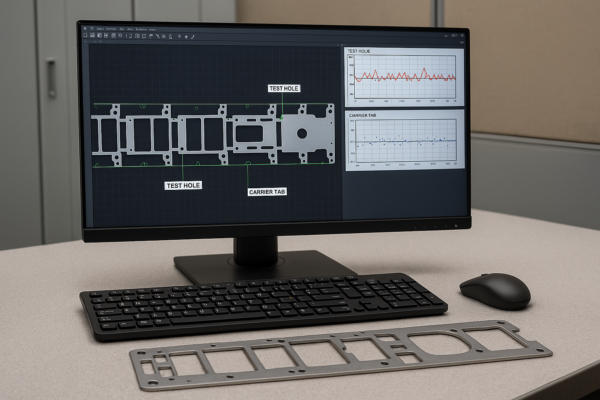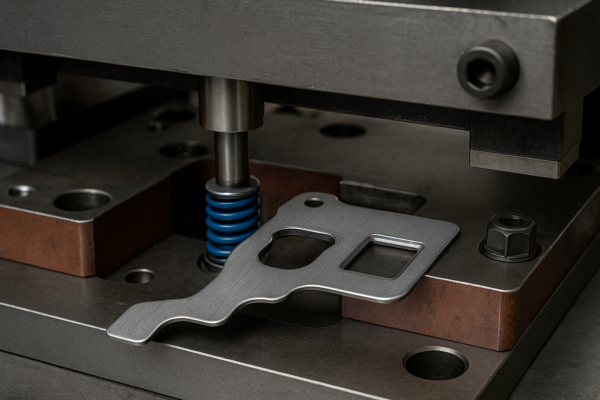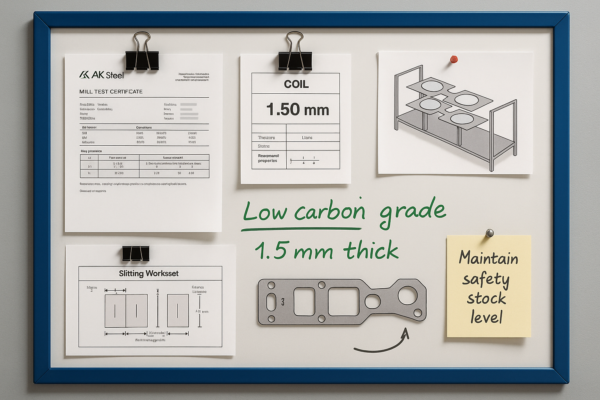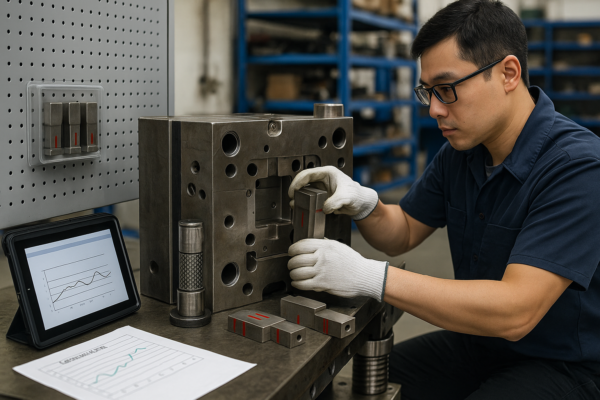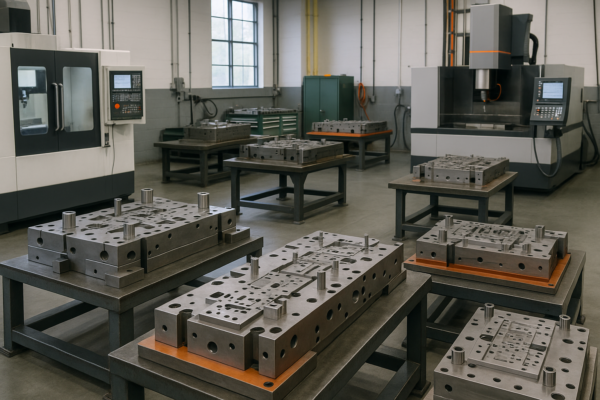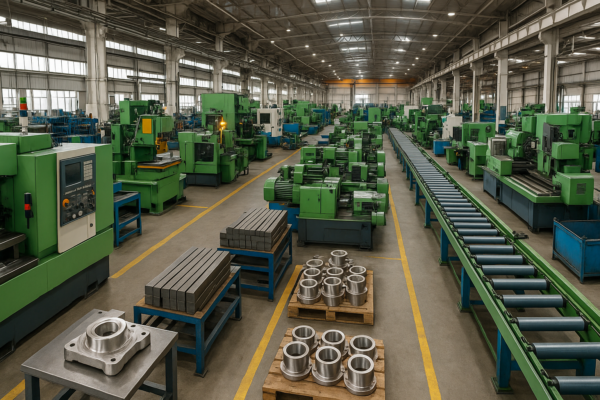2025’s Most Cost-Effective Metal Finishing Methods for OEM Manufacturers?

What Are the Most Affordable Finishing Options Without Compromising Quality?
I once bought plated parts on price alone. They failed quickly. I lost trust in low-cost suppliers. Then I started choosing methods that save money and last longer.
Affordable doesn’t mean low-quality.
In 2025, these finishes offer strong protection at low cost:
- Zinc/Electrogalvanizing: Steel gets 5–25 µm zinc. Affordable and reliable.
- Powder Coating: Thick, durable, and cost-effective for large batches.
- Passivation: For stainless steel; involves no plating, just chemical cleaning.
- Phosphating: A cheap prepaint method that improves adhesion and corrosion protection.
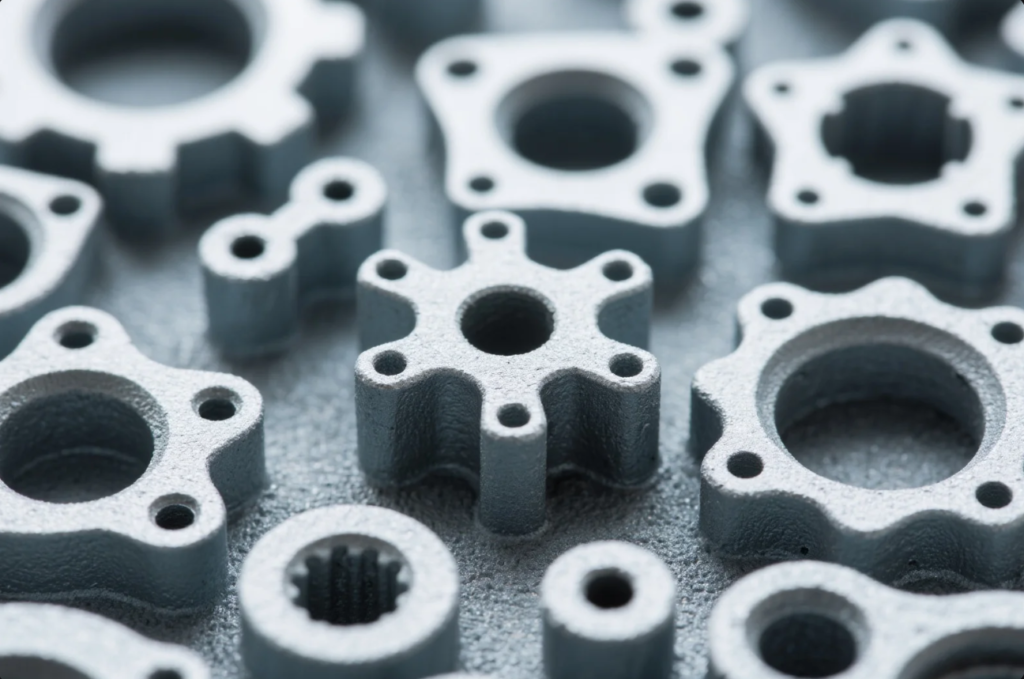
Dive Deeper
Zinc Plating/Electrogalvanizing
- Costs are low per part, especially for large batches.
- Salt spray resistance \~200–500 hours.
- Ideal for components like fasteners and frames.
Powder Coating
- Costs scale well with volume.
- Offers UV and impact resistance.
- Can add value with custom colors and branding.
Passivation (Stainless Steel)
- No metal added or removed.
- Removes free iron to improve corrosion resistance.
- Simple bath process, low cost, good ISO compliance.
Phosphating (Steel Pre‑coat)
- Cheap chemical conversion coating.
- Adds texture and adhesion for paint.
- Not decorative, but functional at minimal cost.
Bulk Finishing Services: When and How to Reduce Costs at Scale
I learned that large orders cut per-part cost dramatically. Negotiating bulk finish deals saved me 30% overall.
Economies of scale drive value.
Large batch runs, automated lines, and efficient logistics can transform costing.
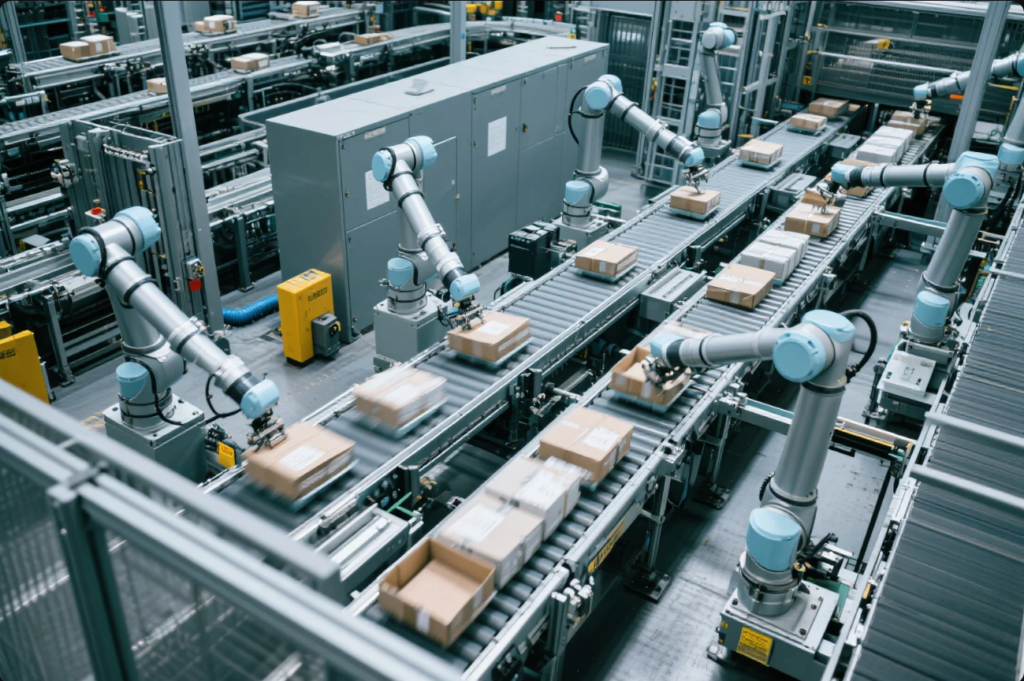
Bulk Finishing Strategies
- Batch Scheduling: Group similar parts for one finish run.
- Volume Discounts: Suppliers drop unit cost above a threshold.
- Automated Lines: Conveyorized powder or plating systems offer efficiency.
- Local Co‑packing: Combine finishing and packaging under one roof.
Example Table
| Batch Size | Zinc Plating Cost/Part | Powder Coat Cost/Part | Passivation Cost/Part |
|---|---|---|---|
| 100 pcs | \$3.50 | \$4.00 | \$1.00 |
| 1,000 pcs | \$1.20 | \$1.80 | \$0.75 |
| 10,000 pcs | \$0.60 | \$1.10 | \$0.50 |
Savings come from setup amortization, minimized rework, and streamlined logistics.
Comparing In‑House vs Outsourced Surface Finishing Solutions
I considered investing in my own plating line. My team built it—but maintenance and compliance costs added up.
In-house gives control, outsourced gives flexibility.
Which is right for OEMs in 2025?
In‑House Finishing
-
Pros:
- Full control over process and schedule.
- Faster changeovers.
- IP safety and integration with internal QC.
-
Cons:
- High upfront capex.
- Staffing, licensure, and environmental permits required.
- Lower volume spreads cost poorly.
Outsourced Finishing
-
Pros:
- Low initial cost.
- Specialists offer process variety and certifications.
- Location independence and scale pricing.
-
Cons:
- Lead times tied to supplier schedule.
- Inconsistent timing if batch size varies.
- Quality oversight is needed via audits.
Decision Table
| Factor | In‑House | Outsourced |
|---|---|---|
| Initial Cost | High | Low |
| Running Cost | Medium–High | Low–Medium |
| Volume Sync | Needs demand forecast | Flexible volume acceptance |
| Quality Control | Direct control | Audits & inspections |
| Compliance | Complex | Supplier handles it |
| Tech Flexibility | Limited once set | Access to latest tech |
For most OEMs, starting outsourced and adding modest in-house capacity strikes a good balance.
How OEMs Can Meet ISO Requirements Through Proper Surface Treatments
I asked my supplier for ISO-certified plating. They sent manual test reports. I had doubts.
ISO compliance matters—especially for OEMs in regulated industries.
Methods include:
- ISO 9001 for quality systems.
- ISO 14001 for environmental management.
- ISO/IEC 17025 for test labs, e.g., salt-spray, coating thickness.
- RoHS / REACH / EPA compliance for chemicals used.

Key ISO Actions
- Supplier Selection: Require certificates and lab data.
- Coating Metrics: Salt spray ≥500 h; roughness Ra ≤0.8 µm.
- Change Control: Track process changes and outcomes.
- Documentation: Batch logs, part IDs, process sheets.
Example: Passivation for Stainless Parts
By following ISO 9001 and using in-house or reputable passivation houses certified per ASTM A967, OEMs protect medical or food-processing components and track each batch.
FAQs
Q: Is powder coating cheaper than painting?
Yes—no solvents, faster cure, minimal waste.
Q: What’s cheapest for functional corrosion protection?
Zinc plating or passivation both cost under \$2/part in volume.
Q: Can finishing help OEMs hit RoHS or REACH?
Yes—using compliant plating solutions and documented processes ensures ICO/S.
Q: Do I need ISO 14001 for finishing?
If you handle chemicals and plating, yes—especially for permit and waste tracking.
Q: How to verify outsourced surface quality?
Audit lab certifications, request test results, inspect per lot, build trust.
Conclusion & Contact
Cost-effective doesn’t mean low-quality. Zinc plating, powder coating, passivation, and phosphating all deliver value when chosen well. Bulk finishing and proper planning reduce costs. Balancing in-house control with outsourced flexibility helps OEMs scale. Robust ISO compliance ensures trust and performance.
Contact Prime for Expert OEM Finishing Solutions
We are an ISO-certified custom metal parts factory with 10 production lines.
We deliver fast lead times, stable quality, and flexible finishing services.
📞 Visit: https://primecustomparts.com/
📧 Email: [email protected]
Let’s work together to make high-quality, cost-effective, ISO-compliant parts.

